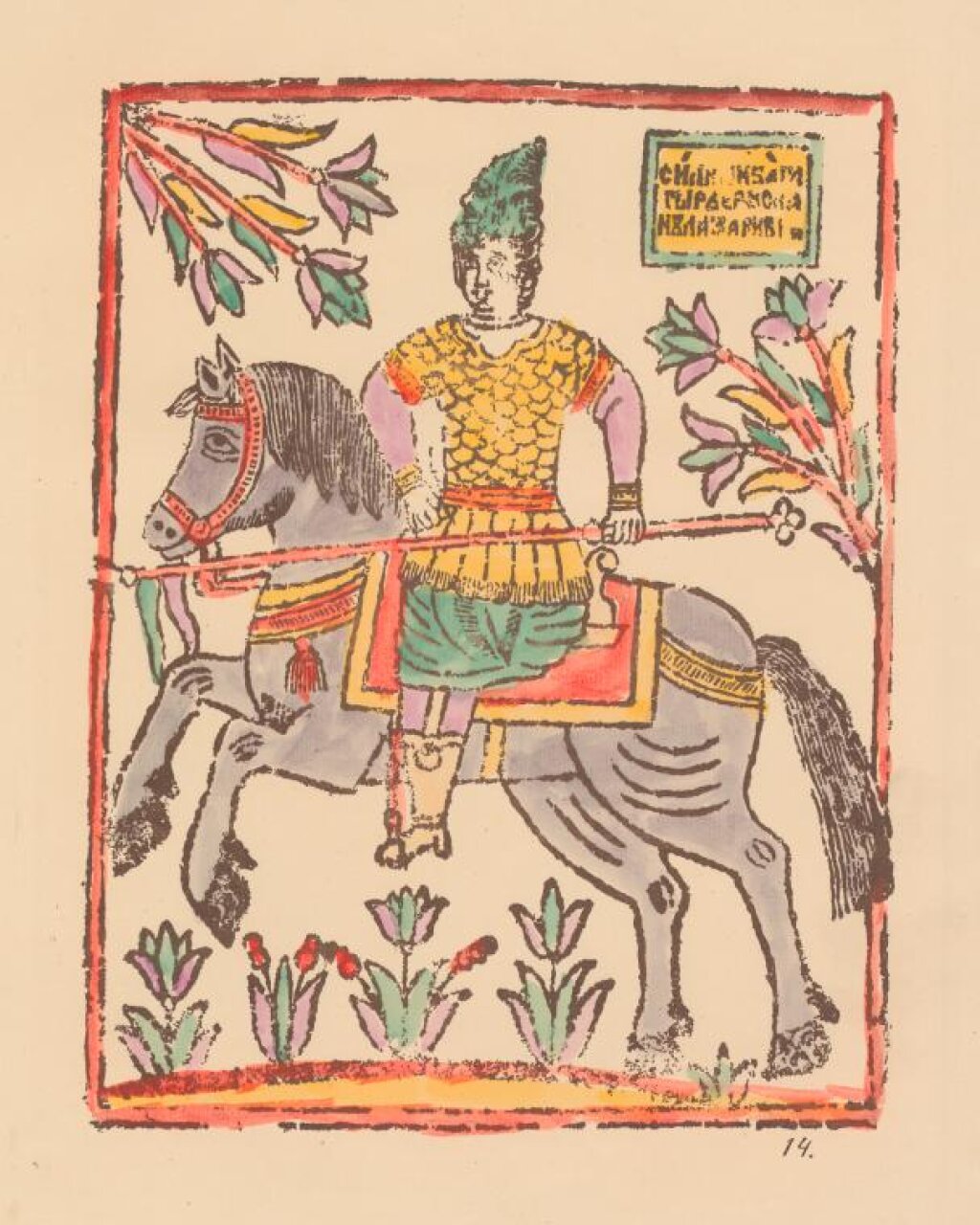Join us for another 19v seminar!
In his seminal collection of popular prints published in 1881, Dmitrii Rovinskii mentions a woodcut, Eruslan Lazarevich, dated 1766. The Russian bogatyr in “a Persian hat rides a horse” and represents one of the most admired Russian folk heroes depicted in popular tales. In the nineteenth century, Eruslan Lazarevich was reprinted in multiple forms, such as lubki and in chapbook versions, but Aleksandr Veselovskii would note in 1868 that Eruslan did not originate in Russian folklore, but was adopted from Shahnameh (The Book of Kings), a Persian epic poem written by Firdowsi between 977-1010.
This paper will argue that in the popular imagination, Eruslan and his portrayals were among the earliest examples of the Russian fascination with Oriental culture. Originating from the East and subsequently Russianized, Eruslan became an inspiration for many authors in the eighteenth century, and Alexander Pushkin’s poem Ruslan and Liudmila (1820) appeared as his interpretation of A Tale of Eruslan Lazarevich. The paper will explore the origins of the “imaginary Orient” in literary sources, lubok culture and will trace how the “imaginary Orient” was reflected in modernist illustrations and stage designs to Ruslan and Liudmila.
This event will be held virtually on Zoom.

